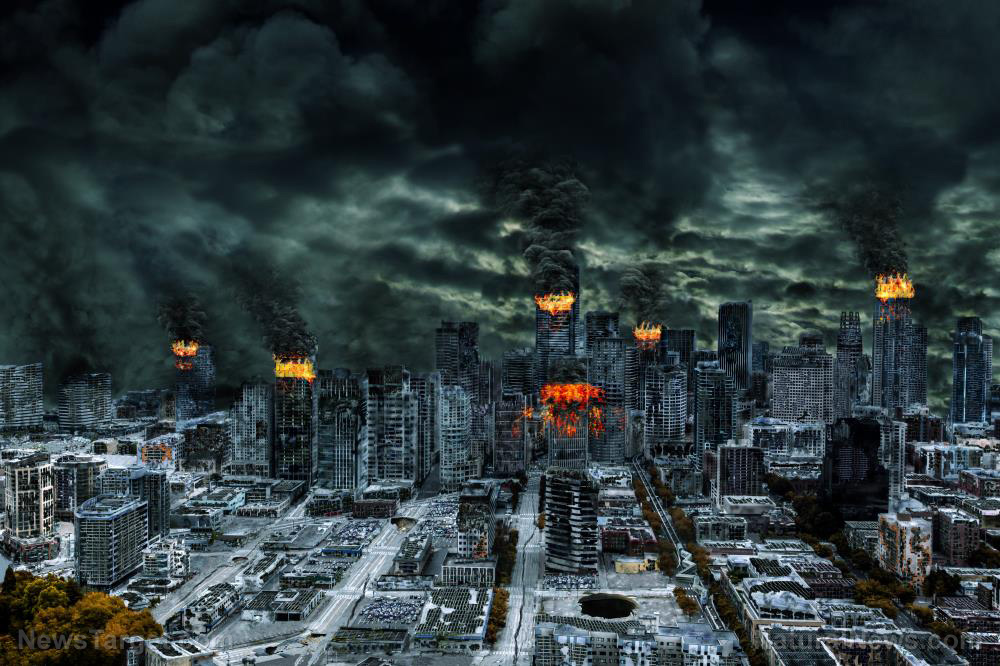
“The extinction of many of the large animals on land could have been caused by the immediate aftermath of the impact, but animals that lived in the oceans or those that could burrow underground or slip underwater temporarily could have survived,” said lead researcher Charles Bardeen. “Our study picks up the story after the initial effects — after the earthquakes and the tsunamis and the broiling. We wanted to look at the long-term consequences of the amount of soot we think was created and what those consequences might have meant for the animals that were left.”
Through the use of the NCAR-based Community Earth System Model (CESM), the team was able to simulate the effects of the asteroid impact. They fed the system the most recent geologic record estimates of fine soot. Roughly 15,000 million tons of soot was flung into the atmosphere, forming a thick barrier that prevented sunlight from reaching the earth. Unlike other particles which simply cool the surface, soot is able to absorb sunlight and reduce the amount of light to extremely low levels, and the soot barrier had done just that.
Further into their simulation, the researchers found that photosynthesis would have been impossible for almost two years. What plant life survived the initial impact would have died off from the lack of sunlight, including the phytoplankton that populate the ocean. This, in turn, would devastate the ocean and the entire food chain because phytoplankton was, and continues to be, a primary food source for much of marine life. The researchers noted that if even if a mere third of the soot was sent into the atmosphere, photosynthesis would still be implausible for a year.
More than just blotting out sunlight, the soot cloud would have caused the land and oceans of the Earth to cool down by 50 degrees Fahrenheit (or 28 degrees Celsius) and 20 degrees Fahrenheit (11 degrees Celsius), respectively. By contrast, the stratosphere would have warmed up considerably due to the presence of heat-absorbing soot. The ozone would have been depleted by the scorching temperatures and by water vapor-created hydrogen compounds, causing ultraviolet light to reach the Earth once the soot had finally cleared. This would be slated to happen within the span of several months after the stratosphere eventually cooled down, causing the water vapor to condense and wash the soot away in a continuous cooling cycle. (Related: Asteroid strike near New York City would kill 2.5 million people, reveals physics simulation based on NASA data.)
Though the results of their experiment were nothing short of exciting, the researchers acknowledged the limitations. For one, the model they used was based on Earth as we know it, a very different Earth from the one that existed millions of years ago. The continents were in different locations and the atmospheric properties were composed of different gas concentrations.
Their findings have been discussed and detailed in the Proceedings of the National Academy of Sciences.
To read up on more stories similar to this, visit Scientific.news.
Sources include:
Please contact us for more information.























